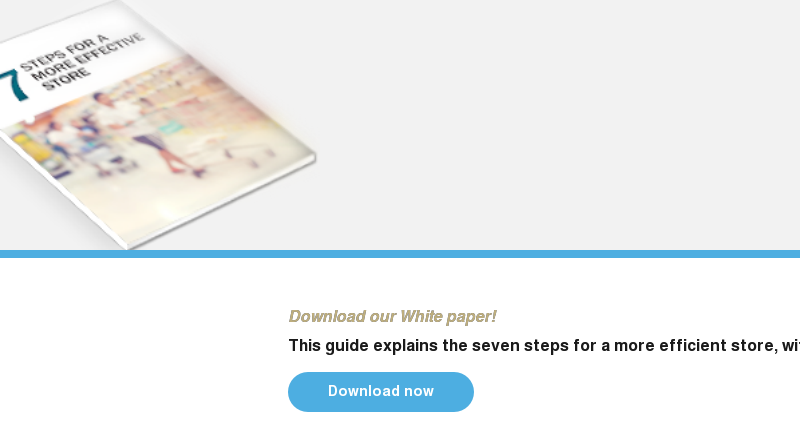Thinking Big in small retailing – Part 2
In the previous article Thinking Big in small retailing – Part 1, we discussed the benefits of big data for small retailers. It is not about having an enormous amount of data that matters; it is about how you analyse your data, and how you use it for bringing valuable insights to your business. You are probably already tapping into your data; chances are, though, that you could be doing a lot more with it. Below, we list some examples of how you can start using big data to make data-driven decisions that grow your business.
Your POS-system reveals many secrets
As a retailer, you are collecting data every day: Sales transactions from the cash register, emails from customers, website traffic, and sales statistics. To strengthen your business, even more, you have to start seeing the existing data in new ways. Figure out which correlations that might be useful for you. Don´t assume that the old shopping habits still are correct. Consumer behaviour can change due to various factors.
You do not need an army of skilled analysts to start digging deeper into your data; many POS-systems provide the information you need in an understandable way, others let you export the files to an excel file, where you easily can cross-reference the data in pivot tables. Ask your supplier of your POS-system for advice on how you can use the data in the best way. They can certainly advise on opportunities to bring new insights to your business.
The key is not to drown in data. That is why you first must define what your problem is, or what particular issue you want to learn more about. The second thing is to make this repeatable, so you can see if changes based on this has provided the expected results.
Take charge of your inventory by vendor insight data
From the statistics in your POS-system, you probably already know which items that are your bestsellers, when to reorder and when items are getting to the point where they need to be sold on sale. But have you ever analysed the products by vendor, found out which vendor is most profitable by looking both at costs versus sales and by analysing the average basket? Is a particular vendor driving other high-value purchases? Alternatively, is another vendor´s items not selling well? By having this data at your fingertips, you can make truly data-driven purchasing decisions.
Get the whole picture by customer insight data
The more you know about your customers, the more powerful your data becomes. Look for ways to cross-reference the sales and the customers. Then organise your data by customers instead of just by product line or brand. After that, sort your customers into different groups. Who are your “best” customers? Which categories do they typically buy? How often do they shop? Once you have started this customer-centric approach, it is easy to add additional groups into your regular customer base. By knowing your customers, you can make effective decisions about product pricing, promotions, and range of products. Furthermore, when you have identified your most valuable customers, you can easily focus on profiling against their needs.
Make offers to target audiences by marketing insight data
One of the great uses for big data is to watch the results of various marketing promotions like coupons or in-store discounts. Instead of only looking at the result of a certain campaign, or which kind of offer was the must successful, try to find out what other products the customers bought, what day they were most likely to buy and so on. By learning more about the correlation between your marketing communication and your customers’ behavior, you can make customised offers for different customer groups. That means you do not have to distribute every offer to your entire customer base, which ultimately gives a greater return on a smaller marketing expenditure.
Get more out of your data by Big Data applications
If you do not have time to make your excel spreads, or your POS-system does not provide you with enough analyses, you can invest in a Big Data analysing tool. There are several solutions for small retailers on the market, and some of them have the ability to connect devices to each other and the cloud. Look for solutions which are easy to deploy, easily understandable and not too pricey.
IBM’s Watson Analytics is one of the cloud-based systems which automates the analysing process and makes the data understandable. You can get advanced predictive analytics, and it has data warehousing facilities so that you can import your data.
If you want a system to connect with your regular business program, InsightSquared might be the one for you. It connects to many common business solutions and provides you with forecasting, lead generation, and profitability analysis.
Perfect Cube is another customized system for small retailers. It was created by two ice-cream shop owners who wanted to track their performances in their stores. It can be employed in practically every store and shows what hours of the day have the highest sales and which individual products sold fastest, not just today, but last week, last month and last year.
To have access to all the credit card transactions in your store is essential if you are about to launch a loyalty program. Tranzlogic is a program that works directly with your POS- system and is perfect if you want to evaluate customers and customer segments and to improve promotions and marketing.
Besides do not forget about the free Google Analytics tools if you want to learn more about the traffic to your website.
